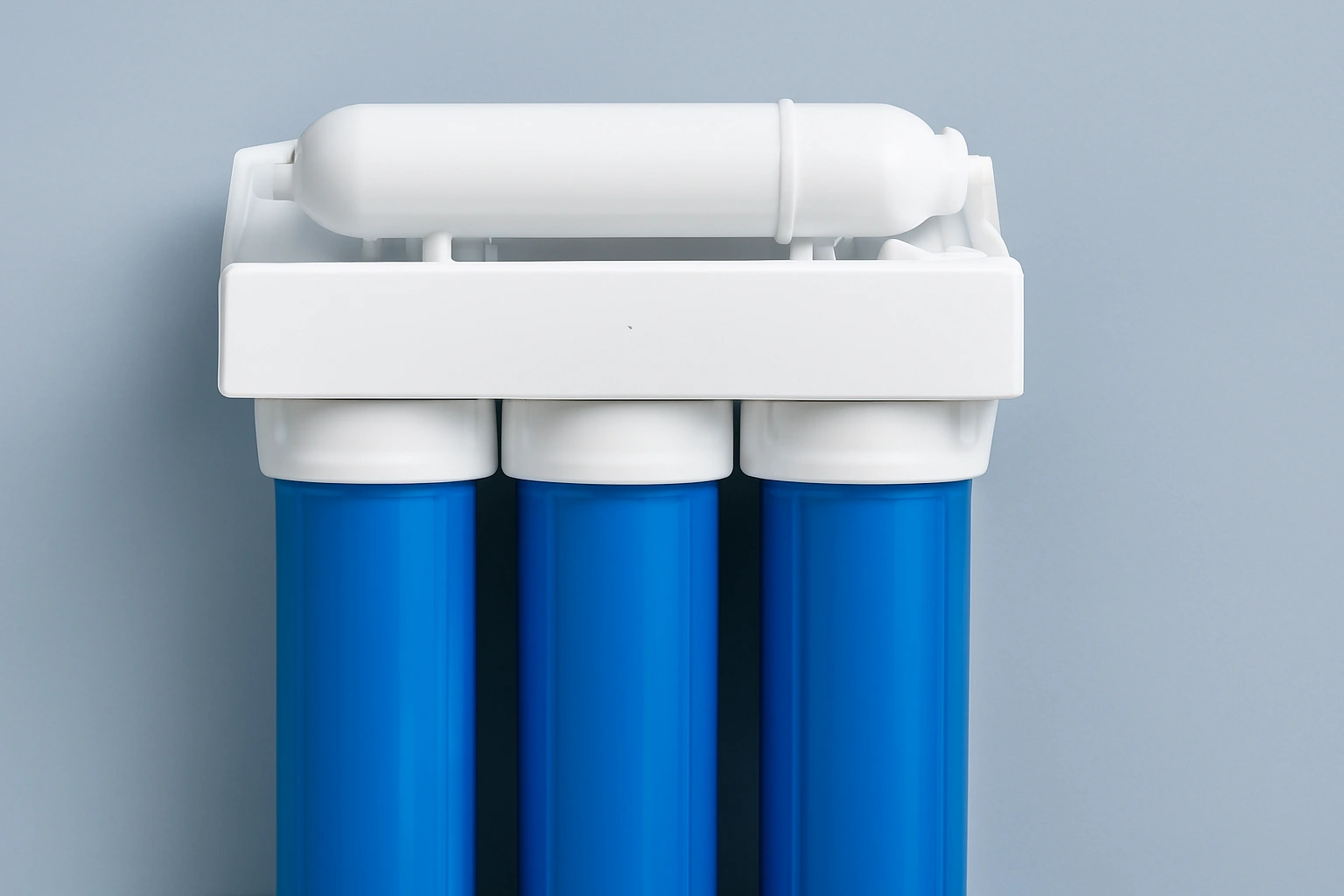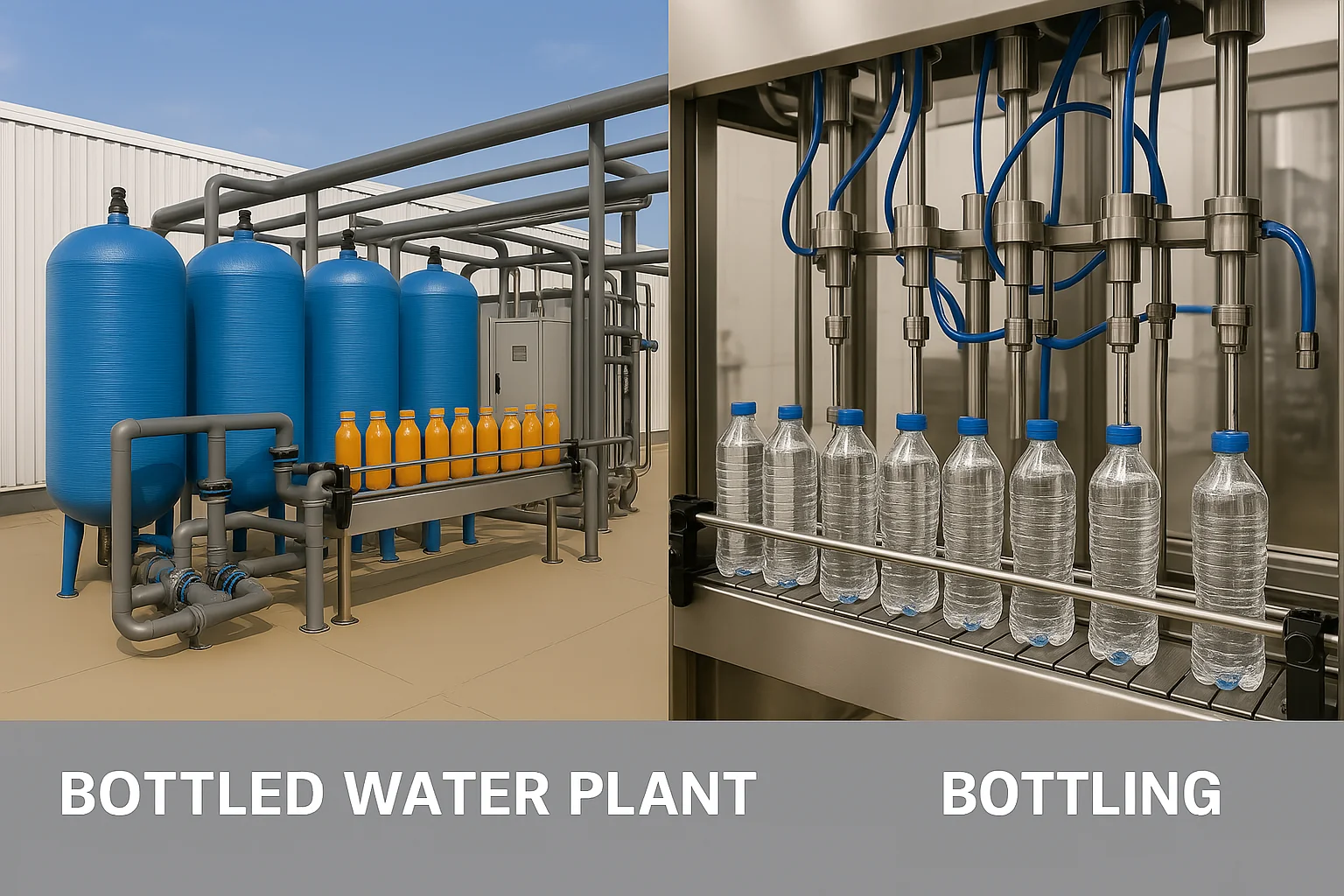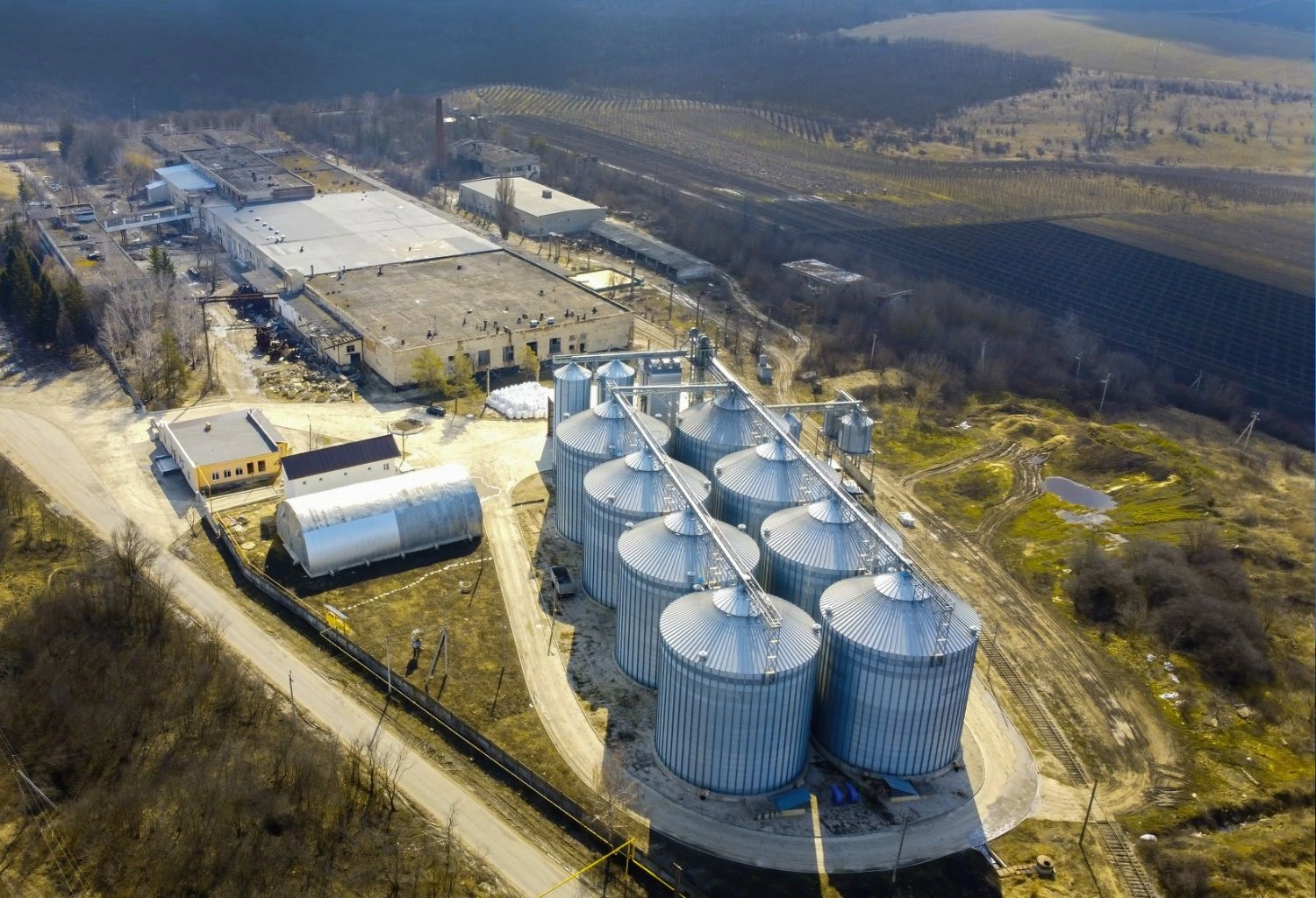Are you living in a small apartment and struggling with water quality issues? If so, you’re probably considering an affordable reverse osmosis (RO) system for your space. With increasing concerns about water purity and quality, many apartment dwellers are turning to compact reverse osmosis systems to ensure they have access to clean, safe drinking water. But how do you choose the best system for your small living space? Let’s dive into everything you need to know about affordable reverse osmosis systems for small apartments.
What is a Reverse Osmosis System, and Why Should You Consider One for Your Apartment?
A reverse osmosis system is a filtration method that removes contaminants, minerals, and impurities from water. It works by forcing water through a semi-permeable membrane, leaving behind harmful substances like chlorine, heavy metals, and bacteria. The result? Pure, safe drinking water that tastes and smells better.For apartment residents, clean water is often a top priority. With city water supplies often containing chlorine, heavy metals, and other unwanted substances, an RO system provides peace of mind. But why should you consider it for your small apartment?
Space-Saving and Efficient: Compact reverse osmosis systems are designed specifically for tight spaces like apartments. They are small enough to fit under the sink or be mounted on a countertop, making them perfect for those living in areas where every inch of space matters.
Affordable Solutions: RO systems can seem expensive at first glance, but there are affordable options available. Many compact systems are priced reasonably, and they help save money in the long run by eliminating the need for bottled water.Now, let’s look at some specific advantages and factors to consider when choosing an affordable RO system for your apartment.
Bottled Water Plant
What are the Advantages of Compact Reverse Osmosis Systems for Small Apartments?
1. Space-Saving Design
Apartments often come with limited kitchen space, and the last thing you want is a bulky water filtration system taking up precious countertop or cabinet real estate. Compact reverse osmosis systems are designed to be as small and efficient as possible. They fit comfortably under your sink or on your counter without crowding your living space.
Key Features:
Small Footprint: Most compact RO systems are designed to be slim and easy to install without taking up much space.
Easy Installation: These systems don’t require a lot of plumbing modifications and can usually be installed in under an hour.
This space-efficient design ensures you can enjoy filtered water without sacrificing storage or prep space in your apartment.
2. Cost-Effective Clean Water
One of the biggest reasons people hesitate to purchase a water filtration system is the upfront cost. However, affordable reverse osmosis systems for small apartments are available that offer long-term cost savings. While the initial cost may seem like an investment, using an RO system is far cheaper than regularly purchasing bottled water.
Why it’s Cost-Effective:
Eliminates the Need for Bottled Water: No need to spend money on bottled water, which can add up quickly over time.
Low Maintenance Costs: Compact RO systems are designed to be efficient and require minimal maintenance, such as changing filters every 6 to 12 months.
Ultimately, the upfront cost of an RO system pays off, making it an affordable solution for apartment living.
3. Better Water Quality and Health Benefits
Dirty water can pose serious health risks, especially if it contains harmful contaminants such as lead, chlorine, or bacteria. A reverse osmosis system removes these contaminants, providing you with clean, safe water for drinking, cooking, and even washing your vegetables.
Health Benefits:
- Purified Drinking Water: RO systems effectively remove heavy metals, pesticides, and other harmful contaminants from your drinking water.
- Better Taste and Smell: After filtering out chlorine and other chemicals, the water tastes and smells fresher.
- Improved Skin and Hair: Using filtered water for showering can reduce skin irritation and hair damage caused by chlorine and other chemicals commonly found in tap water.
4. Environmentally Friendly
If you’re environmentally conscious, using a reverse osmosis system is a step towards reducing plastic waste. By eliminating the need for bottled water, you are helping to reduce the number of plastic bottles that end up in landfills and oceans.
How RO Systems Help the Environment:
- No More Plastic Waste: Say goodbye to buying plastic water bottles, which can take hundreds of years to decompose.
- Sustainable Water Filtration: Many compact RO systems are energy-efficient, using less water and power compared to larger models, making them more eco-friendly.
Choosing an RO system is an environmentally responsible decision that also benefits your wallet.
Demineralization Water System
How Do You Choose the Best Compact Reverse Osmosis System for Your Apartment?
When looking for an affordable reverse osmosis system for a small apartment, there are several key factors to consider. Let’s break them down.
1. Size and Design
Since space is often limited in apartments, size is one of the most important factors when selecting an RO system. Look for systems that are specifically designed for smaller spaces. Many brands offer compact models that are easy to install under the kitchen sink or on the counter.
Tip: Measure the available space under your sink or on your countertop to ensure the system will fit.
2. Filtration Stages
RO systems come with different stages of filtration. The more stages, the more contaminants are removed. For example, some systems include pre-filters that remove larger particles, followed by the RO membrane to filter out heavy metals, chlorine, and bacteria.
Key Filtration Stages:
Sediment Pre-Filter: Removes larger particles such as dirt and rust.
Activated Carbon Filter: Reduces chlorine, VOCs (volatile organic compounds), and improves taste.
Reverse Osmosis Membrane: Filters out contaminants like lead, fluoride, and other harmful chemicals.
Post-Filter: Ensures the water tastes fresh and clean.
Ensure the system you choose provides sufficient filtration to meet your needs.
3. Water Output and Flow Rate
When choosing an RO system, consider the water output (how much water it produces) and the flow rate (how quickly it delivers water). Since apartments typically don’t have a high water demand, compact RO systems with moderate flow rates are generally sufficient.
Tip: If you only need filtered water for drinking and cooking, opt for a system that offers a smaller output but fast filtration. If you require a higher water output, look for systems that balance flow rate with filtration capacity.
4. Maintenance and Filter Replacement Costs
One of the ongoing costs of owning an RO system is filter replacement. Be sure to check how often filters need to be replaced and the associated costs. Affordable reverse osmosis systems for small apartments often have low-maintenance requirements, making them ideal for busy individuals.
Tip: Opt for systems that have easily replaceable filters, and keep in mind that certain filters may need replacement more frequently than others (e.g., pre-filters vs. RO membranes).
How Easy Is It to Install a Compact Reverse Osmosis System?
Installing a compact RO system in your apartment is relatively simple and does not require professional help for most models. These systems are often designed with DIY installation in mind, meaning you can get started quickly.
Steps to Install:
- Connect the water supply: Most systems connect to your cold water line under the sink.
- Install the RO membrane: Insert the RO membrane into the filter housing.
- Connect the drain line: Attach the system’s drain line to the drainpipe.
- Mount the faucet (if applicable): Some systems include a separate faucet for filtered water.
If you’re unsure about the installation, many manufacturers provide clear, step-by-step guides, or you can hire a plumber for professional installation.
Conclusion
Compact reverse osmosis systems are an excellent solution for apartment dwellers who want access to clean, pure drinking water without taking up too much space or breaking the bank. By considering factors like size, filtration stages, and water output, you can choose the right system that meets your needs. Not only do these systems improve water quality, but they also provide an affordable and eco-friendly way to ensure your family’s health and well-being.
FAQs About Compact Reverse Osmosis Systems for Apartment Living
1. How much space do I need for a compact reverse osmosis system?
Typically, compact RO systems require minimal space, usually fitting under the sink or on the countertop. Be sure to measure the area before purchasing to ensure it will fit.
2. How long do reverse osmosis systems last?
A well-maintained RO system can last for 5 to 10 years. However, filter replacements are needed periodically, depending on your water usage.
3. Are compact reverse osmosis systems suitable for larger households?
While compact RO systems are designed for small apartments or low water usage, some models can be scaled up for larger households. Check the water output and flow rate to ensure it meets your needs.
4. Do I need a plumber to install a reverse osmosis system?
In most cases, no. Compact RO systems are designed for easy DIY installation. However, if you’re unsure, a plumber can assist with the process.
5. How often do I need to change the filters in a compact RO system?
Filter replacement depends on your system, but generally, pre-filters should be replaced every 6 months, while the RO membrane may last 2 to 3 years.



